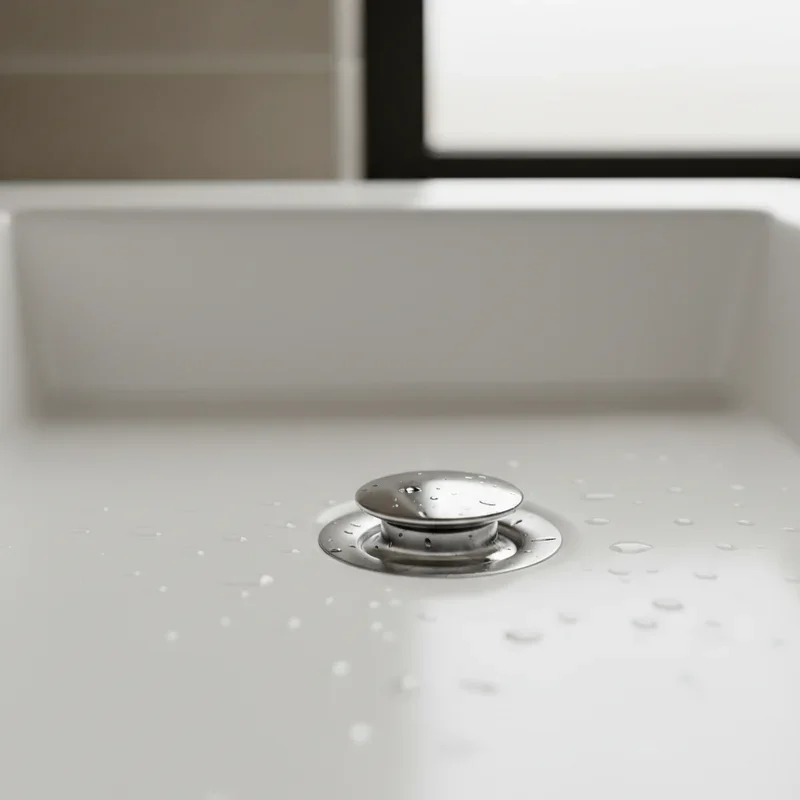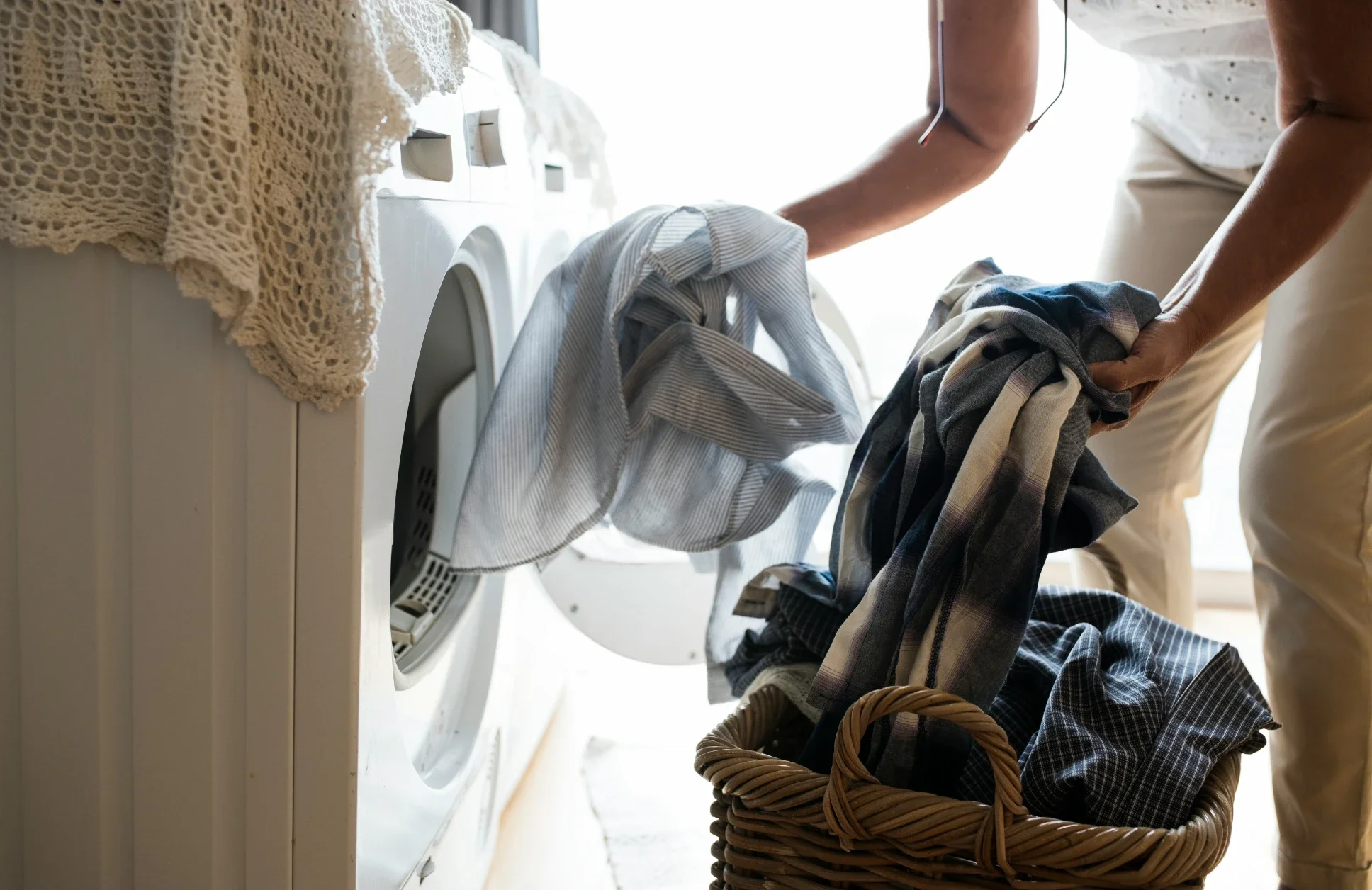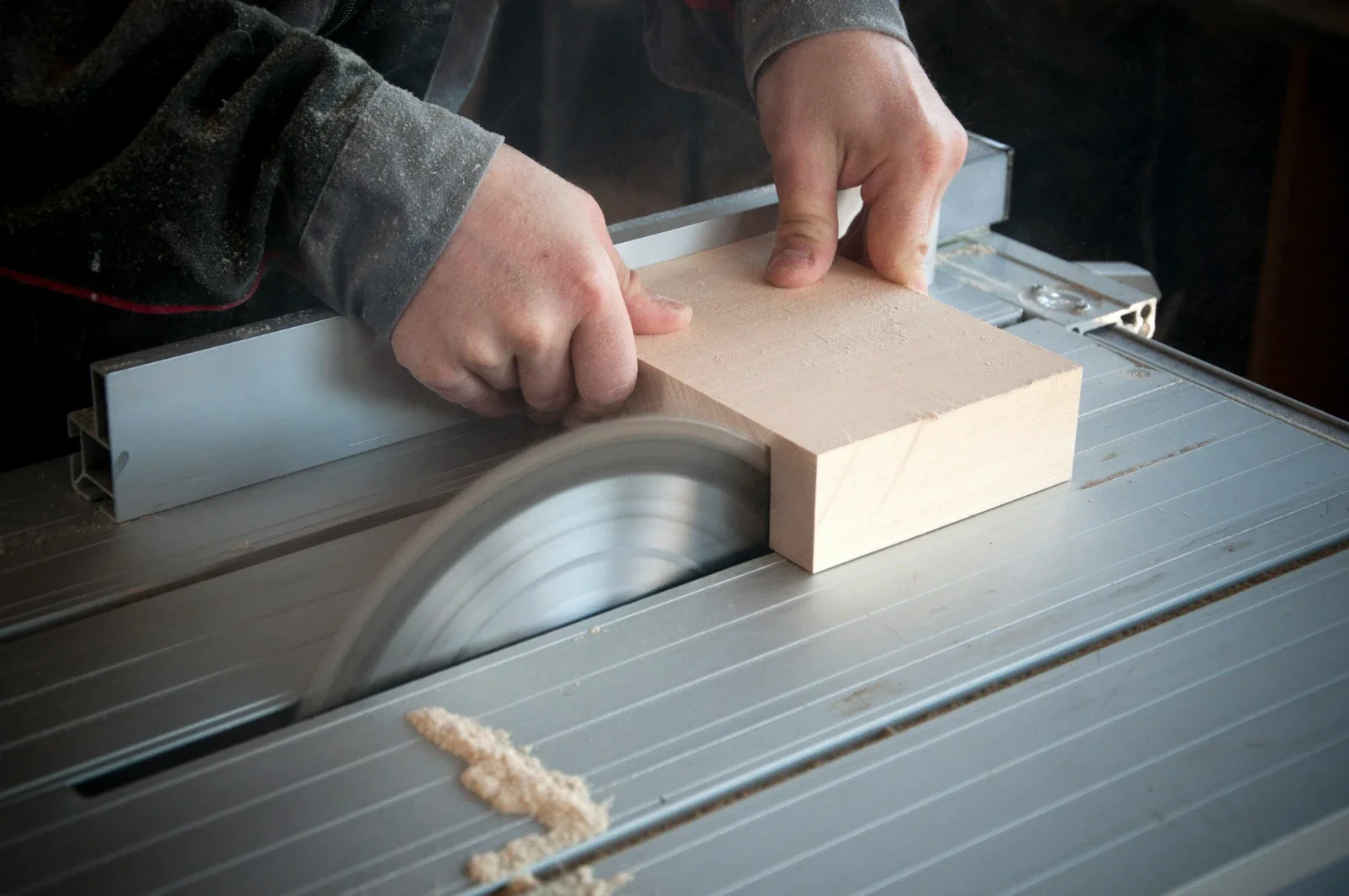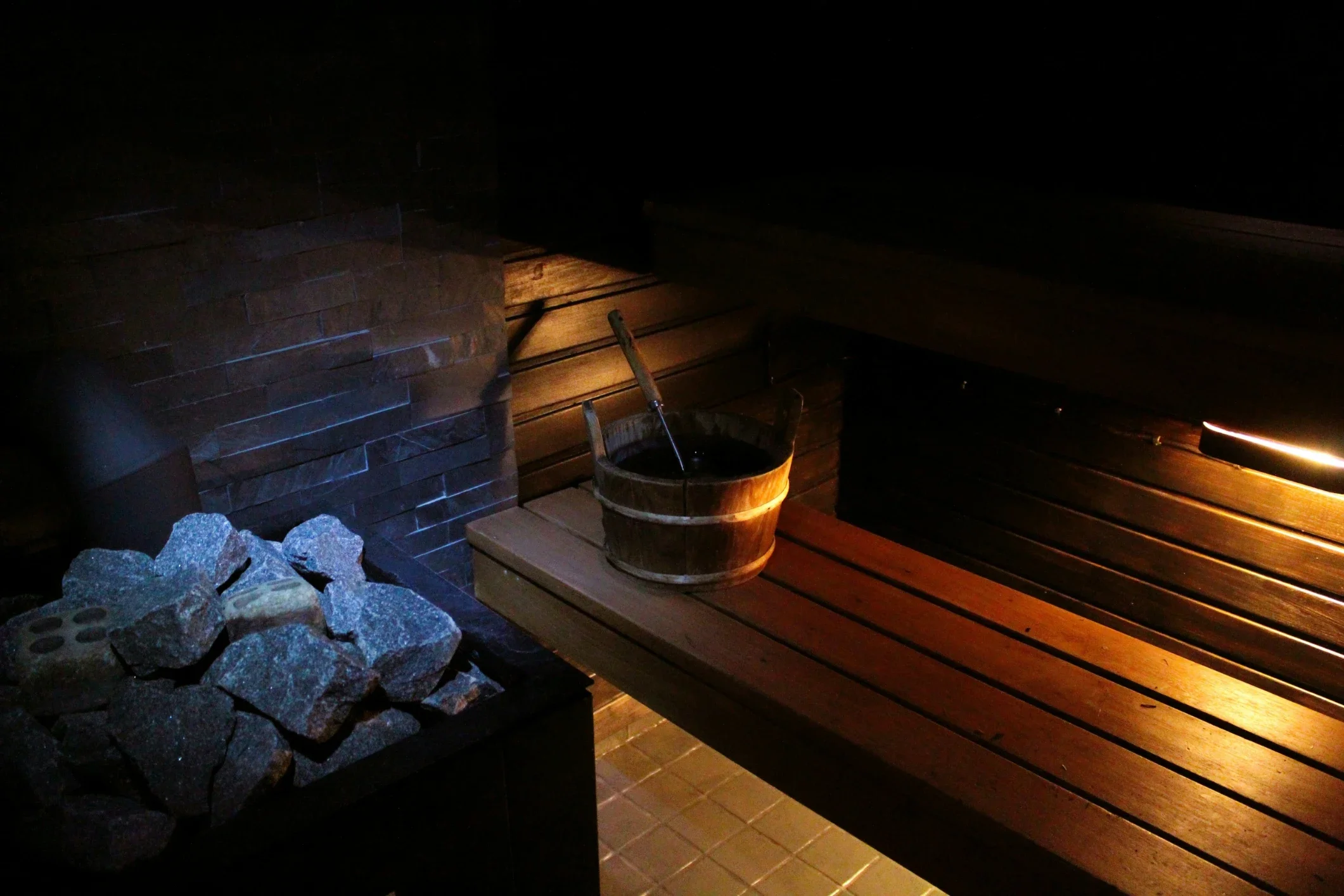How to Clean Bathroom Sink Drain in Simple Steps
Master how to clean bathroom sink drain in simple steps. Get rid of clogs, odors, and buildup with easy DIY methods using household items.
Let's face it—nobody wakes up excited about cleaning their bathroom sink drain. But here's the thing: that slow-draining sink isn't going to fix itself, and ignoring it only makes matters worse. You know what I'm talking about, right? That pool of water that sits there, refusing to go down while you're brushing your teeth, or that funky smell that creeps up when you least expect it. Yuck!
Good news, though. Learning How to Clean Bathroom Sink Drain in Simple Steps doesn't require calling an expensive plumber or having a degree in home maintenance. Honestly, with just a few household items and about 30 minutes of your time, you can have that drain flowing like new. Whether you're dealing with hair clogs, soap scum buildup, or mysterious gunk that's been accumulating for months, this comprehensive guide has got you covered. We'll walk through everything from quick fixes to deep cleaning methods, natural solutions to chemical options, and preventive measures to keep your drain running smoothly long-term.
Understanding Why Your Bathroom Sink Drain Gets Clogged
Before diving into the cleaning process, it helps to understand what you're up against. Bathroom sink drains are like magnets for nastiness. Every single day, they collect an impressive array of debris that would make anyone's stomach turn.
Hair is usually the main culprit. Even if you don't style your hair over the sink, loose strands find their way down there during regular face washing. These strands tangle together, creating a net that catches everything else flowing through. Then comes soap scum, which might sound harmless but actually creates a sticky residue that clings to pipe walls. Add toothpaste, shaving cream, dead skin cells, and mineral deposits from hard water, and you've got yourself a recipe for disaster.
Over time, these materials combine into a stubborn mass that restricts water flow. Sometimes it happens gradually, and other times—bam!—your sink suddenly won't drain at all. The worst part? That buildup also becomes a breeding ground for bacteria, which explains those unpleasant odors wafting from your drain.
Gathering Your Drain Cleaning Arsenal
You don't need fancy equipment to tackle a clogged bathroom sink drain. Most of what you'll need is probably sitting in your kitchen or cleaning cabinet right now. Here's what to round up:
Rubber gloves (because, honestly, you'll want protection from the gross stuff)
A bucket or large bowl
Baking soda
White vinegar
Boiling water
Plunger (a small sink plunger works best)
Wire hanger or drain snake
Old toothbrush
Flashlight
Paper towels or rags
Optional: commercial drain cleaner (if you prefer going that route)
Having everything within arm's reach makes the whole process smoother. Trust me, you don't want to be running around searching for vinegar with one glove on and drain gunk under your fingernails!
How to Clean Bathroom Sink Drain in Simple Steps: The Basic Method
Alright, let's get down to business. This straightforward approach works for most moderate clogs and regular maintenance cleaning. It's natural, safe for your pipes, and surprisingly effective.
Step 1: Remove Visible Debris
Start by removing the drain stopper or pop-up assembly. Most stoppers twist off or pull straight up. If yours is connected to a lever mechanism under the sink, you might need to disconnect that first. Don't worry—it's usually just a simple clip or screw.
Once the stopper's out, shine your flashlight down the drain. See anything gross? Use paper towels or your gloved fingers to remove any hair or gunk sitting right at the surface. This alone sometimes solves minor drainage issues.
Step 2: The Boiling Water Flush
Boil a full kettle of water. Pour it slowly down the drain in two or three stages, waiting a few seconds between each pour. The heat helps dissolve soap scum and grease while flushing away loose debris. Simple, yet surprisingly powerful!
Step 3: The Baking Soda and Vinegar Treatment
Here's where the magic happens. Pour about half a cup of baking soda directly down the drain. Follow it up with one cup of white vinegar. You'll hear fizzing and bubbling—that's the chemical reaction breaking down organic matter and dislodging buildup.
Cover the drain with a plug or wet cloth to keep the reaction contained within the pipes. Let this mixture work its magic for at least 30 minutes. For stubborn clogs, leaving it overnight works wonders.
Step 4: The Final Flush
After waiting, boil another kettle of water and pour it down the drain. This rinses away everything the baking soda and vinegar loosened up. Run hot tap water for a minute or two to ensure everything's flowing smoothly.
Deep Cleaning for Stubborn Clogs
Sometimes the basic method isn't quite enough. When you're dealing with a really stubborn clog, it's time to bring out the big guns.
Using a Drain Snake or Wire Hanger
A drain snake is an incredibly handy tool, but if you don't have one, a straightened wire hanger works in a pinch. Bend one end to create a small hook.
Carefully insert the snake or hanger into the drain, pushing it down while rotating. When you feel resistance, that's likely your clog. Keep working the tool around to break up or hook the blockage. Pull it out slowly—be prepared for some seriously gross stuff to come with it!
After removing the clog, run hot water to flush away any remaining debris.
The Plunger Method
Grab your sink plunger and fill the sink with a few inches of water. Make sure there's enough to cover the plunger cup. If your sink has an overflow hole, plug it with a wet cloth so you can build proper suction.
Position the plunger over the drain and plunge vigorously for about 20 seconds. The alternating pressure can dislodge clogs that other methods miss. You might need to repeat this several times.
Cleaning the P-Trap
The P-trap is that curved pipe under your sink, and it's a common spot for clogs to develop. Cleaning it isn't as scary as it sounds!
Place your bucket underneath the P-trap to catch water. Loosen the slip nuts on both ends of the curved section—you can usually do this by hand, though pliers help if they're tight. Remove the P-trap and dump its contents into the bucket.
Clean the inside thoroughly with an old toothbrush and soapy water. Check the pipes leading to and from the P-trap for additional buildup. Reassemble everything, making sure the connections are snug but not overtightened.
Natural vs. Chemical Drain Cleaners: Making the Right Choice
When it comes to How to Clean Bathroom Sink Drain in Simple Steps, you'll eventually face the natural versus chemical cleaner debate.
Natural Cleaners: The Eco-Friendly Option
Natural methods using baking soda, vinegar, and hot water are gentler on your pipes, safer for septic systems, and better for the environment. They're also way cheaper! While they might take longer to work on serious clogs, they're perfect for regular maintenance and moderate blockages.
The downside? They're not always strong enough for severe clogs caused by years of neglect.
Chemical Cleaners: The Heavy Artillery
Commercial drain cleaners pack a serious punch with strong chemicals like sodium hydroxide or sulfuric acid. They work fast and can dissolve tough clogs that natural methods can't touch.
However—and this is important—they're harsh on pipes, especially older ones. They pose risks if splashed on skin or inhaled, and they're terrible for the environment. If you've got PVC pipes or a septic system, many chemical cleaners can cause damage.
My recommendation? Try natural methods first, and only reach for chemical options as a last resort before calling a plumber.
Preventing Future Drain Clogs
An ounce of prevention is worth a pound of cure, as they say. Once you've got your drain flowing freely, let's keep it that way!
Install a mesh drain cover or hair catcher. These inexpensive gadgets trap hair and larger debris before they enter the pipe. Clean them weekly—it takes like 10 seconds.
Flush your drain weekly with hot water. Just run the hot tap for a minute or two to prevent buildup. Monthly baking soda and vinegar treatments work great as preventive maintenance too.
Never pour grease or oil down bathroom sinks. Even small amounts accumulate over time, creating sticky surfaces that catch everything else. Wipe out containers with paper towels before rinsing them in the sink.
Be mindful of what goes down the drain. Minimize toothpaste globs, and don't rinse large amounts of hair or whiskers directly into the sink. Small changes in daily habits make a huge difference over time.
Dealing with Persistent Odors
Sometimes your drain flows fine but smells absolutely terrible. Gross, right? This usually means bacterial growth in the pipe or dried-out P-trap.
For bacterial odors, pour half a cup of baking soda followed by hot water down the drain weekly. You can also try a mixture of lemon juice and baking soda for a fresh scent.
If the P-trap dried out (common in guest bathrooms), simply run water for a minute to refill it. The water in the P-trap creates a seal preventing sewer gases from entering your home.
Disinfecting the stopper and drain opening with rubbing alcohol or hydrogen peroxide helps eliminate odor-causing bacteria on surfaces you can reach.
When to Call a Professional Plumber
Look, I'm all about DIY solutions, but sometimes you need to wave the white flag and call in the pros. If you've tried everything in this guide and water still won't drain, there might be a deeper issue in your plumbing system.
Call a plumber if you notice water backing up in other drains when using your sink, hear gurgling sounds from multiple drains, or suspect tree roots have invaded your pipes. These situations require professional equipment and expertise.
Also, if you've used chemical drain cleaners without success, tell the plumber immediately. They need to know before working on your pipes for safety reasons.
Common Mistakes to Avoid
Over the years helping folks with their drain issues, I've seen some pretty spectacular mistakes. Learn from others' errors!
Don't mix chemical drain cleaners with other products, especially not after using natural methods. The reactions can be dangerous and produce toxic fumes. If you've tried baking soda and vinegar, wait at least 24 hours before using chemicals.
Avoid excessive force when snaking a drain. You can actually damage pipes if you're too aggressive. Patience and persistence work better than brute strength.
Never ignore slow drains thinking they'll fix themselves. They won't! Early intervention prevents complete blockages and more expensive repairs down the road.
Environmental Considerations
Being mindful of what goes down your drain helps more than just your plumbing—it protects local water systems too. Chemical cleaners eventually end up in waterways, harming aquatic life and ecosystems.
Natural cleaning methods break down into harmless components. Baking soda is just sodium bicarbonate, and vinegar is acetic acid—both safe for the environment.
Consider the bigger picture when maintaining your home. Small choices add up, and choosing eco-friendly drain cleaning methods is an easy win for both your wallet and the planet.
Conclusion
There you have it—everything you need to know about How to Clean Bathroom Sink Drain in Simple Steps! From understanding what causes clogs to implementing both quick fixes and deep cleaning methods, you're now equipped to tackle any drainage issue that comes your way. Remember, regular maintenance beats emergency repairs every time. With these simple techniques using household items, you'll keep your bathroom sink drain flowing freely while avoiding expensive plumber visits. Start with natural methods, stay consistent with prevention, and your drains will thank you!
Read next: How to Clean a Kitchen Sink Drain: Step-by-Step Guide
Frequently Asked Questions
1. How often should I clean my bathroom sink drain?
Perform maintenance cleaning monthly with baking soda and vinegar for optimal drain health and prevention.
2. Can I use bleach to clean my bathroom sink drain?
Bleach kills bacteria but doesn't remove clogs effectively and can damage certain pipe materials unfortunately.
3. Why does my drain smell even after cleaning?
Bacteria in unreachable pipe areas or dried P-traps typically cause lingering odors despite surface cleaning efforts.
4. Is it safe to use a drain snake myself?
Yes, drain snakes are safe when used gently and carefully without forcing or aggressive movements.
5. What causes hair clogs to form so quickly?
Hair combines with soap scum creating sticky masses that accumulate rapidly, especially in high-use bathrooms.

































